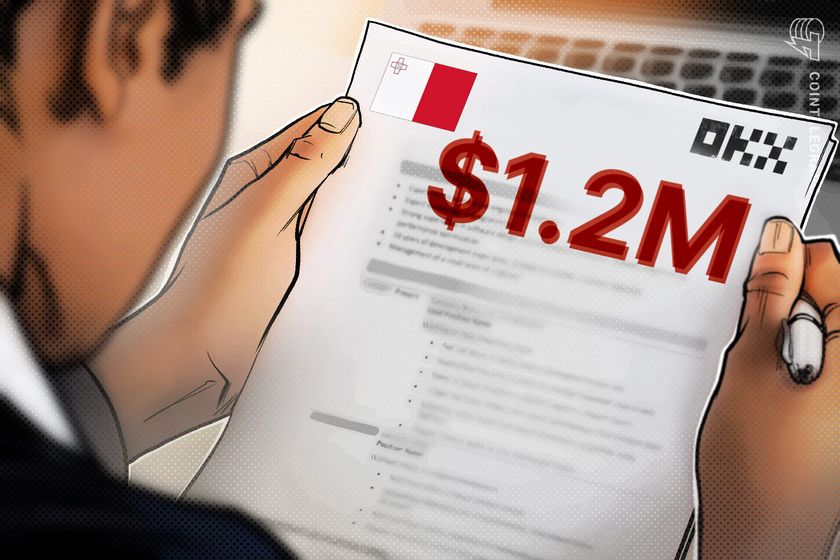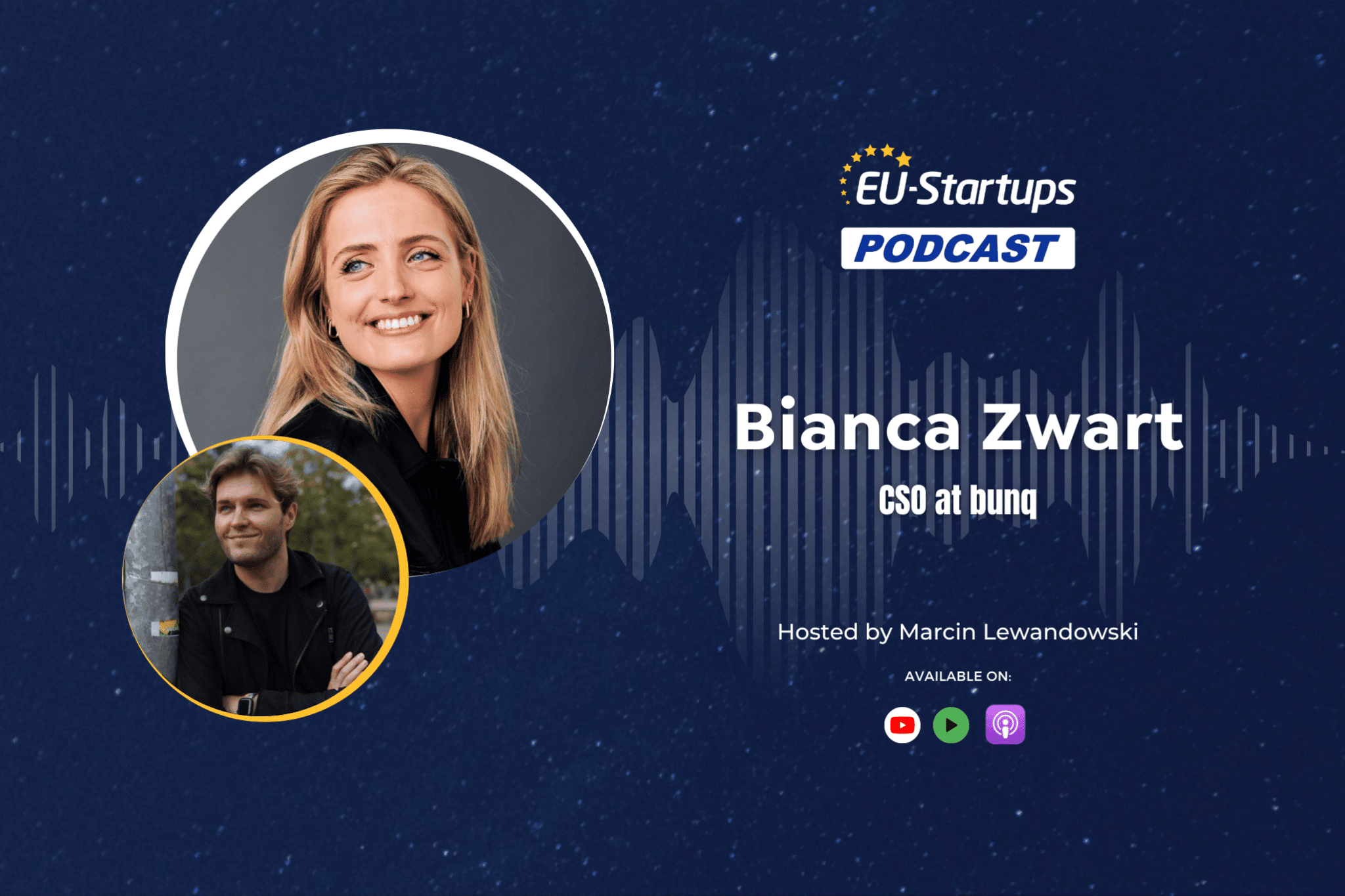Beyond International Women’s Day – What does the future hold for female founders?
International Women’s Day may have passed, but the conversation about gender parity in entrepreneurship should not be a once-a-year affair, but a chance to weigh the progress against what is yet to be achieved. To that end, EU-Startups is presenting an analysis of figures from 2024 to present a ‘state-of-affairs’ for women in the European […] The post Beyond International Women’s Day – What does the future hold for female founders? appeared first on EU-Startups.

International Women’s Day may have passed, but the conversation about gender parity in entrepreneurship should not be a once-a-year affair, but a chance to weigh the progress against what is yet to be achieved.
To that end, EU-Startups is presenting an analysis of figures from 2024 to present a ‘state-of-affairs’ for women in the European startup ecosystem and what it says about the path forward.
Figures provided by the Female Innovation Index 2025 and the Investment Reset report by the National Women’s Enterprise Week (NWEW) tell a clear story: progress is happening across Europe, but at a pace that remains frustratingly slow. The Female Innovation Index offers a broad look at investment trends across Europe, while the Investment Reset report delves into why these disparities persist, specifically in the UK.
The Female Innovation Index 2025, which examines female-founded startups across 20 European countries, found that these companies raised €5.76 billion in VC across 1,305 deals in 2024.
This represents a 12% decline from 2023, but it closely follows the overall market downturn, where VC funding dropped 11% across startups of all genders. Notably, 33% of all VC raised by female-led startups went to DeepTech—an area where female founders are outpacing the wider market.
Key areas of innovation include synthetic biology, generative AI, and drug development.
Agata Nowicka, Founder of Female Foundry and the author of The Female Innovation Index 2025 report said: “We are living in unprecedented times, with the pace of innovation accelerating and AI transforming the way we live, work, interact and think about the future. Female founders across Europe are clearly seising new opportunities created by AI to tackle the world’s toughest challenges with DeepTech emerging as a powerful arena for female-driven innovation in Europe”.
However, despite these gains, challenges persist, particularly when looking at the barriers female founders face when seeking investment.
The Investment Reset report, which focuses specifically on the UK’s gender funding gap, highlights how female entrepreneurs still face systemic disadvantages. Women-led businesses applying for funding are 31% less likely to be approved than male-led businesses, and even when they do secure investment, they receive 30% less capital on average.
Women in the UK hold just 17.7% of senior roles in investment firms, and investors are seven times more likely to have a majority-male portfolio than a female-dominated one. This imbalance limits the opportunities available to women founders in the UK, not because their businesses are underperforming, but because the funding ecosystem still favours men.
Yet, there are bright spots. Female-founded startups are proving their value in high-growth sectors. According to the Female Innovation Index, AI-driven businesses across the EU accounted for 25% of the largest funding rounds raised by women-led startups in 2024, reflecting how women are seising opportunities in emerging technologies.
Funding rounds for female founders are also getting bigger across Europe. On average, there has been a 7% increase in round size across the stages compared to last year. More Seed-stage female-founded companies reach Series A (20%) than the broader European startup population (18.9%).
Female-founded European unicorns are also gaining momentum, with companies like Newcleo and Pigment surpassing €1 billion valuations.
So, where should we be by 2026? At the very least, the proportion of VC allocated to female-led businesses must increase.
Some European countries, such as Finland and Denmark, already outperform the average, with 30% and 20% of VC funding going to female-founded startups respectively.
Setting clear funding targets and introducing more objective investment criteria could help correct these imbalances—not as a matter of diversity optics, but because the data consistently shows that female-led businesses deliver strong returns.
By Women’s Day 2026, the goal should not be to rehash the same discussion about missed opportunities and systemic barriers. Instead, we should be talking about the female-founded companies that have scaled, the women investors reshaping the funding landscape, and the industry-defining innovations led by female entrepreneurs.
“This scandalous imbalance is not only creating an unfair playing field for tens of thousands of female entrepreneurs, it is blocking the creation of wealth and economic growth,” said Alison Cork MBE, Founder at NWEW. “Ultimately, I feel very positive that there is a groundswell of support both institutionally and privately to improve funding for female-led businesses.”
The case for funding female founders is already clear. The real question is whether the startup world is ready to act on it.
Click here to read the Female Innovation Index 2025 report.
Click here to read the The Investment Reset report.
The post Beyond International Women’s Day – What does the future hold for female founders? appeared first on EU-Startups.











































































































































































![[The AI Show Episode 142]: ChatGPT’s New Image Generator, Studio Ghibli Craze and Backlash, Gemini 2.5, OpenAI Academy, 4o Updates, Vibe Marketing & xAI Acquires X](https://www.marketingaiinstitute.com/hubfs/ep%20142%20cover.png)






























































































































































































































































































































































































![YouTube Announces New Creation Tools for Shorts [Video]](https://www.iclarified.com/images/news/96923/96923/96923-640.jpg)

![Apple Faces New Tariffs but Has Options to Soften the Blow [Kuo]](https://www.iclarified.com/images/news/96921/96921/96921-640.jpg)
































































































































